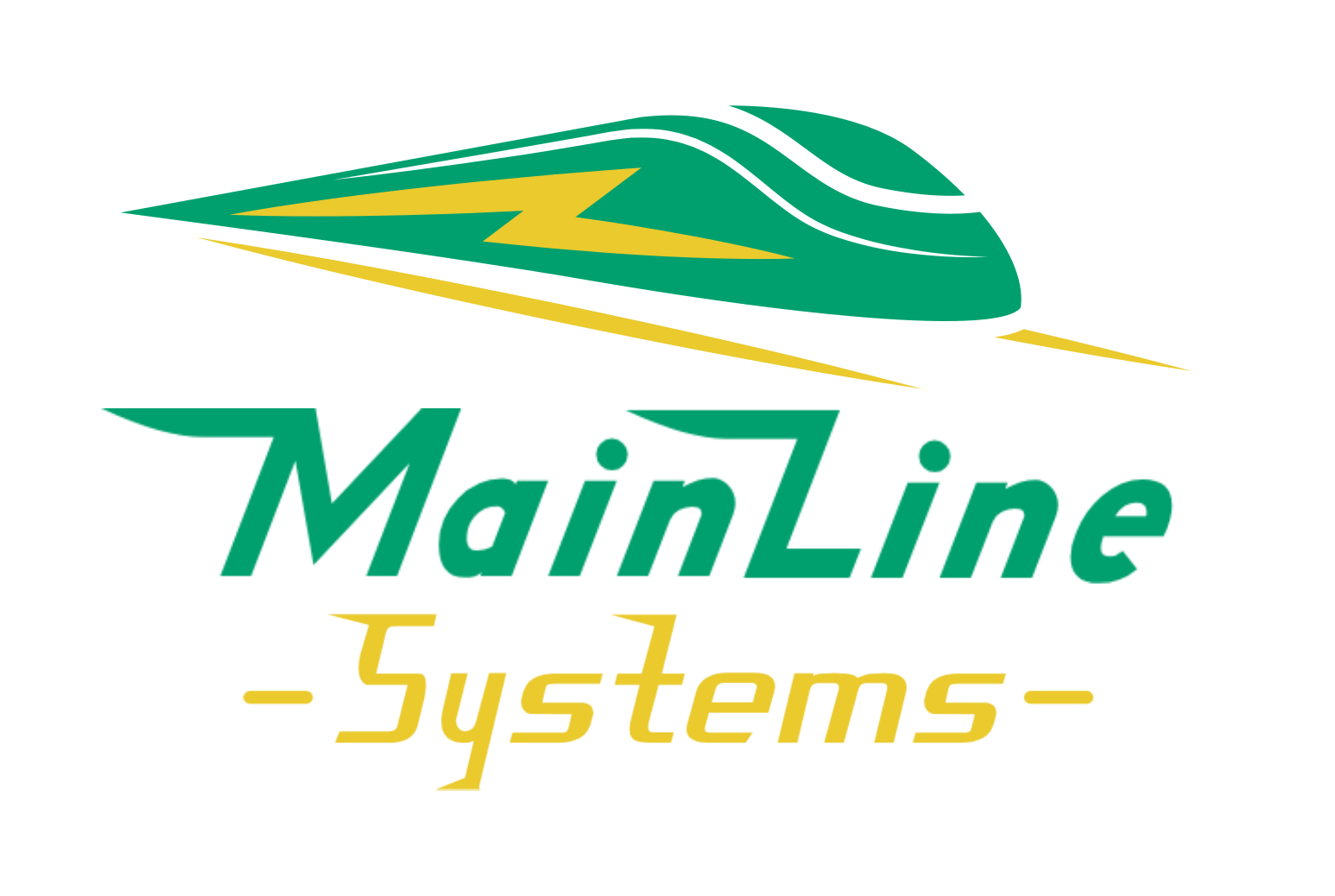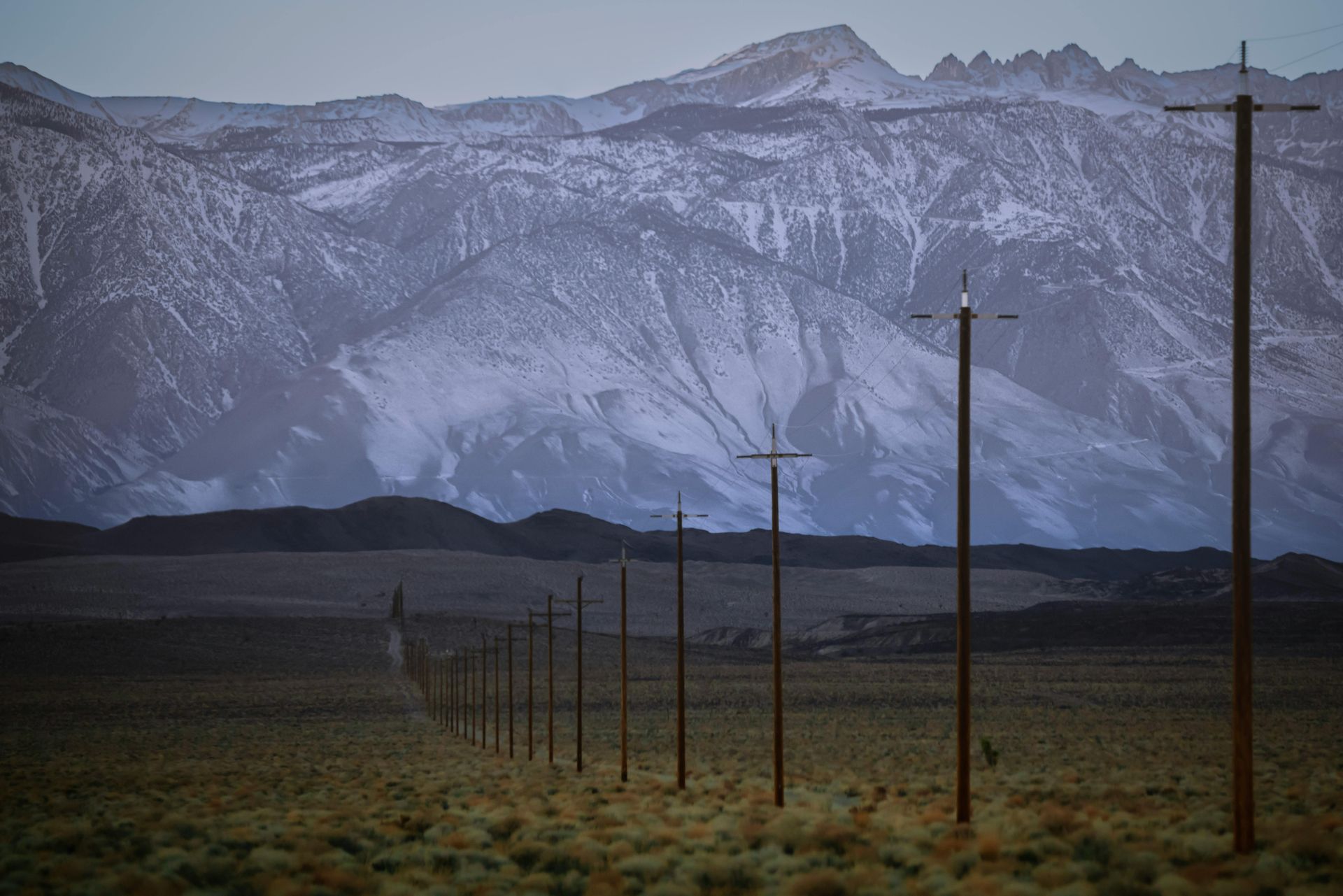Managing Track Safety and Access: The Role of Controlled Track
More Than a Dispatcher’s Domain: Controlled Track Principles for Complex Industrial Rail

In the world of rail logistics, safety, coordination, and accountability are non-negotiable. This is especially true in environments where multiple users, high-value goods, and complex workflows intersect. Controlled track systems are an essential part of that equation—and with tools like TrackAccess, their benefits are expanding well beyond traditional railroads.
What Is Controlled Track?
Formally, Controlled Track refers to track that can only be used when authorized by a train dispatcher or control operator, according to a railroad’s operating rules. This oversight is designed to prevent collisions and ensure personnel and train movements do not conflict within a designated section of track.
The primary goal? Protect lives, equipment, and infrastructure by ensuring track occupancy is always coordinated and well-documented.
Flexibility in Application
While traditionally associated with dispatcher oversight, many rail operations function without one. Facilities like yards, remote control locomotive zones, and industrial rail spurs often rely on modified processes for managing track access. These may include:
- Sign-in sheets or registers
- Physical gates or barriers
- Warning lights or audible alarms
- Manual flags or crew communication protocols
These systems aim to replicate the safety function of controlled track—even if they don't technically meet the formal definition.
Industrial Environments That Need Controlled Track
Beyond federally regulated carriers, controlled track concepts are extremely relevant in large industrial facilities. Think:
- Ports – with multiple railroads, shippers, and terminal operators using shared trackage.
- Steel mills and chemical plants – where operations include heavy equipment, overlapping workflows, and frequent rail car switching.
- Secure government or defense facilities – where controlled access is mandated for both safety and security reasons.
- Remote Control Zones – where human oversight is minimized and precision is paramount.
In these cases, structured access to track is critical for safety, asset protection, and compliance with internal and external regulations.
Why Documentation Matters
Controlled track systems aren't just about restricting movement—they're also about tracking movement. Knowing who was on what section of track, when, and why is crucial for both real-time decision-making and after-action reviews.
Without this documentation, facilities face higher risks, including:
- Unauthorized track incursions
- Train-to-train or train-to-worker collisions
- Delays from uncoordinated moves
- Gaps in compliance for regulated industries
Enter TrackAccess: A Modern Tool for a Modern Need
Old-school paper registers and manual checklists are prone to human error and offer limited visibility. That's where TrackAccess Track Control System comes in.
Benefits of TrackAccess:
- Digitizes access control – eliminating physical logs
- Provides real-time track visibility for all users
- Documents all activity for compliance and review
- Improves communication between crews, managers, and facility operators
- Reduces operational delays by streamlining requests and approvals
By integrating TrackAccess, industrial and secure sites can bring the discipline of railroad-grade controlled track to their unique environments—without needing a full dispatcher infrastructure.
In Summary: Whether it’s a remote-controlled zone at a mill or a shared port access track, the concept of controlled track—when paired with digital tools like TrackAccess—can bring structure, safety, and clarity to even the most complex rail environments.





